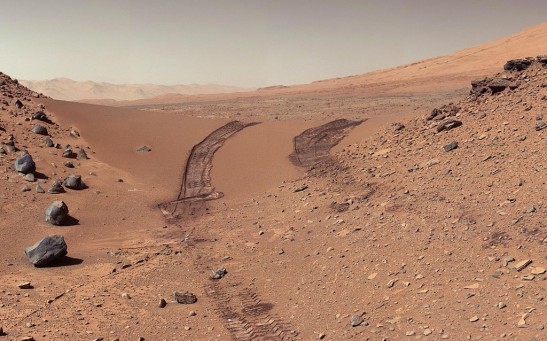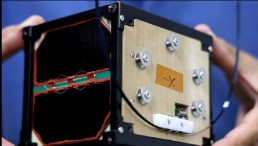space
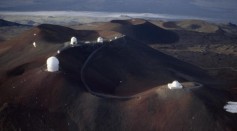
Giant Telescope Construction Continues atop Hawaiian Volcano, Despite Protests
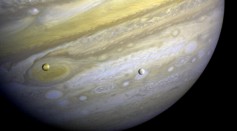
See What Tools Made the Cut Aboard the Upcoming Europa Clipper Mission
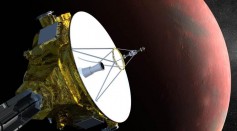
New App Brings Pluto to the Palm of Your Hand
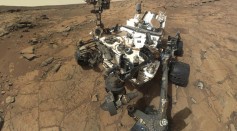
Methane Spike on the Red Planet Baffles Scientists
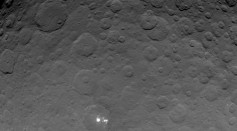
The Question Continues: The Bright Spots on Ceres, What Could They Be?
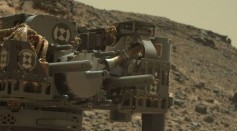
NASA's Curiosity Rover Adjusts Route Up A Mountain

Were the Moons of Mars from the Red Planet Or Stolen from the Asteroid Belt?
European Space Agency May Have Discovered a Supervolcano on Mars
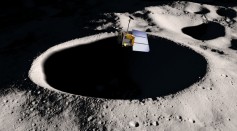
NASA Spacecraft Now Closer to the Moon Than Ever Before
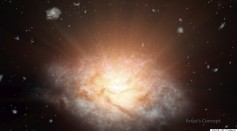
Brightest Galaxy Ever Discovered Could Contain 300 Trillion Suns
A Bird’s Eye View Aboard an Aborted SpaceX Test Mission
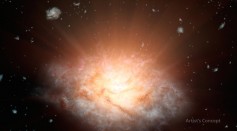
Finding the Most Luminous Stars In the Sky

NASA's New Horizon Probe Could Send Crowdsourced Data to Aliens
Astronomers Capture the Most Detailed Images Yet of the Beautiful Medusa Nebula
Most Popular

The Role of AI in the Next Generation of Logistics: Insights from Tobias Waldhecker

Alzheimer's Treatment Drug Lecanemab Found to Increase Death Risk, New Research Shows

Cloned Black-Footed Ferret Gives Birth to Two Healthy Kits

Optimizing Complex Catalog Systems with Graph Theory and Indexing

